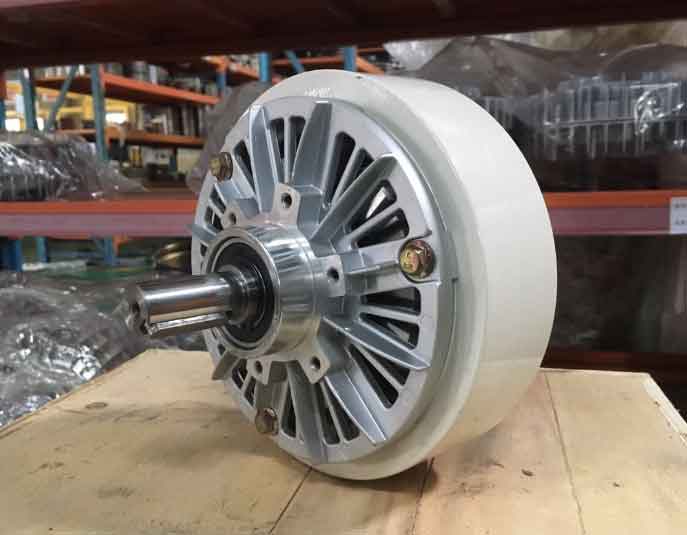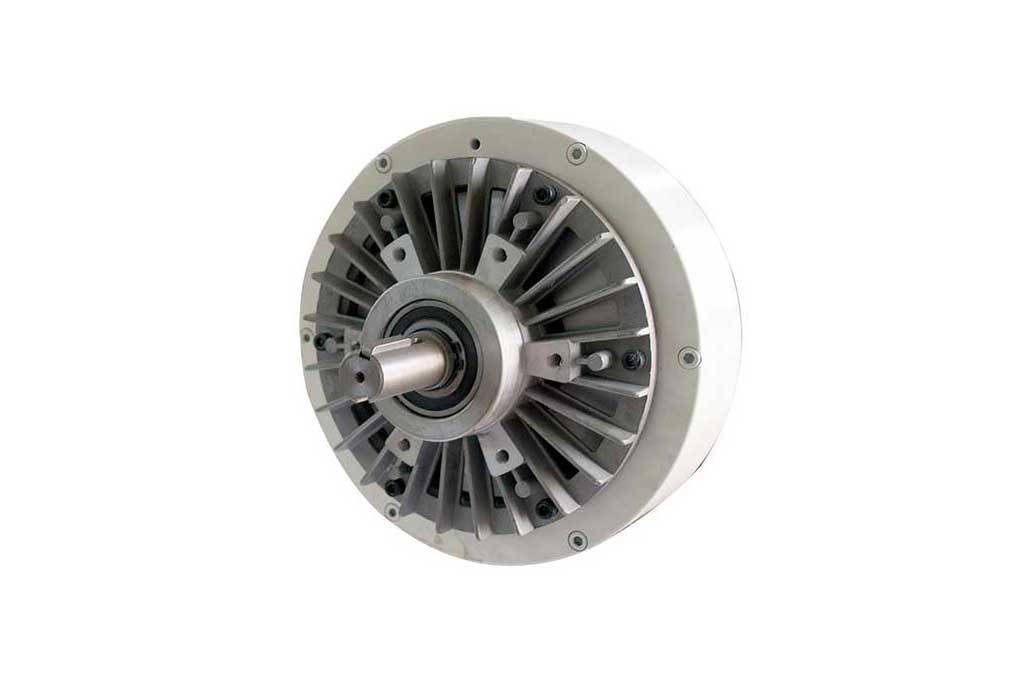Automotive engineering has witnessed tremendous advancements in recent years, with innovations in various components to enhance performance, safety, and efficiency. Among these, the magnetic particle brake stands out as a remarkable development.
The Working Principle
A magnetic particle brake operates on the principle of utilizing magnetic particles to control torque transmission. When an electromagnetic field is applied to the brake’s rotor, it affects the alignment of these particles and thus controls the transmission of torque.
Top 3 Applications In The Automotive Industry Of Magnetic Particle Brakes
- Traction Control Systems : One of the key applications of magnetic particle brakes is in traction control systems. These brakes help regulate the power sent to the wheels, ensuring optimal traction, especially in slippery or uneven road conditions. By adjusting the strength of the electromagnetic field, the brake can prevent wheel spin, enhancing stability and safety.
- Engine Dynamometers : Automotive engineers employ magnetic particle brakes in engine dynamometers for performance testing. They provide precise load control, making it easier to evaluate an engine’s power, torque, and efficiency. This assists in optimizing the vehicle’s design and performance.
- Transmission Systems : In automatic transmissions, magnetic particle brakes play a role in torque converter lock-up. This enables smoother and more fuel-efficient operation, improving the overall driving experience.
Top 4 Advantages Of Magnetic Particle Brakes
Magnetic particle brakes offer several advantages in the automotive sector:
- Precise Torque Control: These brakes provide highly accurate torque control, making them ideal for applications where precision is essential.
- Quick Response: Magnetic particle brakes can adjust torque rapidly, which is crucial for systems like ABS (Anti-lock Braking System).
- Maintenance-Free: They have minimal wear and tear, reducing maintenance costs in the long run.
- Smooth and Silent Operation: The absence of mechanical contact results in quiet and smooth braking, enhancing passenger comfort.

Challenges and Limitations
While magnetic particle brakes are a valuable addition to automotive engineering, they do come with some challenges.
- Temperature Sensitivity: The performance of these brakes can be affected by temperature variations. Extreme heat or cold can alter the behavior of magnetic particles.
- Initial Cost: Magnetic particle brakes tend to be more expensive initially compared to other brake systems. However, their long-term benefits often outweigh this initial investment.
- Limited Torque Range: These brakes may not be suitable for high-torque applications.
A Comparison with Traditional Braking Systems
| Criteria | Magnetic Particle Brake | Friction Brake |
|---|---|---|
| Torque Control | Excellent | Limited |
| Response Time | Fast | Slower |
| Maintenance | Minimal | Regular maintenance required |
| Noise Level | Quiet | Can be noisy |
| Initial Cost | Higher | Lower |
| Heat Generation | Low | High |
| Torque Range | Limited | Wider range |
Conclusion
In conclusion, magnetic particle brakes have established themselves as an essential component in the realm of automotive engineering. Their precision, quick response, and silent operation make them a valuable addition to modern vehicles. While challenges exist, ongoing research and development are likely to mitigate these limitations, ensuring magnetic particle brakes continue to play a vital role in the automotive industry’s pursuit of enhanced performance, safety, and efficiency.
In a constantly evolving field like automotive engineering, innovations like magnetic particle brakes pave the way for safer, more efficient, and technologically advanced vehicles on our roads.
